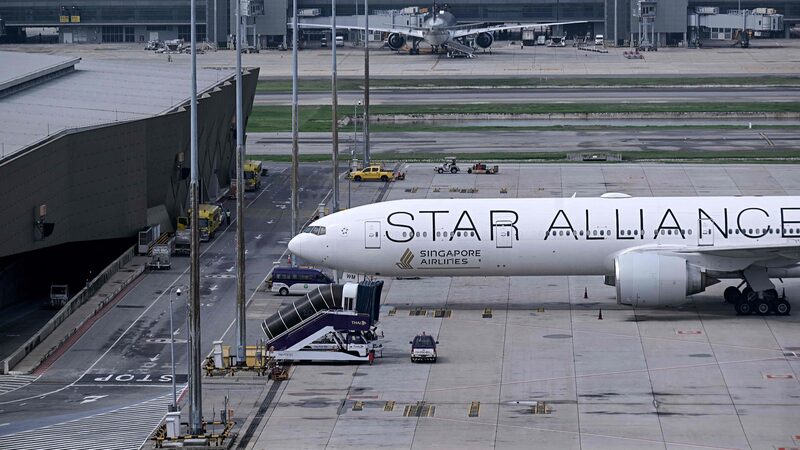The recent Singapore Airlines flight SQ321 incident, which left one passenger dead and dozens injured, has sent shockwaves through the aviation world. 🌍✈️ But what makes turbulence so dangerous – and could climate change make it worse? Let’s break it down.
When Calm Skies Turn Chaotic
Turbulence isn’t just bumpy air – it’s unpredictable wind shear, especially the sneaky 'clear-air' type with zero visual warnings. ⚡ \"Wind shear near jet streams can shatter the atmosphere into chaotic patterns,\" explains aviation expert Thomas Guinn. This invisible threat caused Tuesday’s sudden 1,800-meter plunge over the Indian Ocean.
By the Numbers 📊
While deaths are rare (the last major airline fatality was in 1997!), over 1/3 of U.S. aviation incidents from 2009-2018 involved turbulence. Flight attendants face the highest risk – 163 serious injuries were reported in 13 years, per NTSB data.
Climate Change in the Cockpit? 🌡️
Studies show severe clear-air turbulence over the North Atlantic jumped 55% since 1979. \"Climate change may be altering jet streams,\" says Prof. Paul Williams, who predicts turbulence could triple by 2050 if warming continues. More flights = more turbulence encounters too.
Buckle Up, Buttercup 🔐
Your best defense? Keep that seatbelt snug. \"Planes withstand turbulence – but loose passengers don’t,\" warns Guinn. Airlines now pause cabin service during rough air, but vigilance saves lives. Remember: Even minor turbulence can snap unbuckled travelers like glow sticks at a rave. 🎉
Reference(s):
cgtn.com





